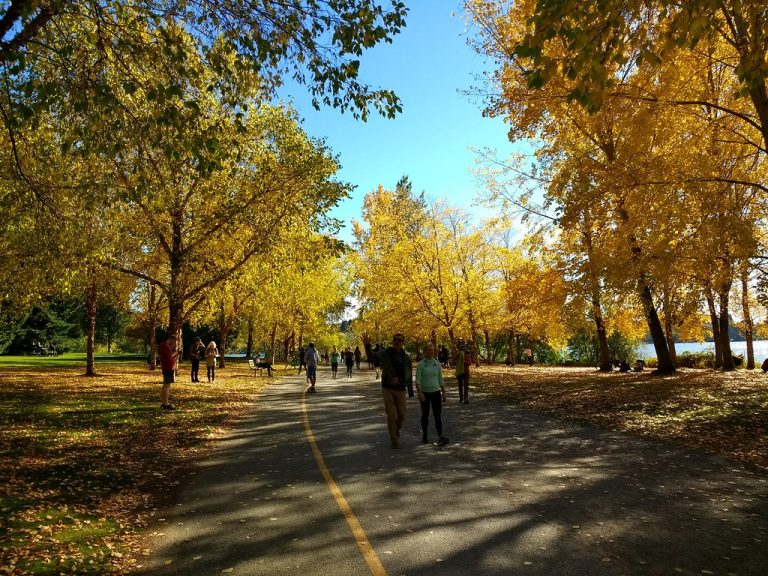Published on May 7, 2020

What will the future city look like after the pandemic? As political leaders around the country debate when to safely reopen the economy, city planners and designers have been pondering the implications of the pandemic for the future design of cities. Some suggest reducing urban density, while others predict a second wave of “white flight” as families flee cities for more spacious suburbs. Planning for a post-pandemic city may seem premature or far from more pressing needs, but initiatives underway now can shape the city and urban life beyond COVID-19.
The recent introduction of “Stay Healthy Streets” in Seattle, following similar efforts by cities like Oakland and San Francisco is a step in the right direction to provide people with much needed access to open space while maintaining social distancing. Fewer cars on the streets also mean more fresh air, less pollution and carbon emissions. But temporary measures are not enough. A growing list of cities including Berlin, Milan and Paris are making plans to reallocate street space from cars to bicycles and pedestrians to reshape the city beyond the pandemic.
Transforming streets to better serve people over vehicles is an opportunity not to be missed during the pandemic, and it is not the only one. We must act now to support community resilience; invest in critical infrastructure, including open space; and address long-standing social disparities.
Continue reading at The Seattle Times.
Originally written by UW landscape architecture professor Jeff Hou for The Seattle Times.